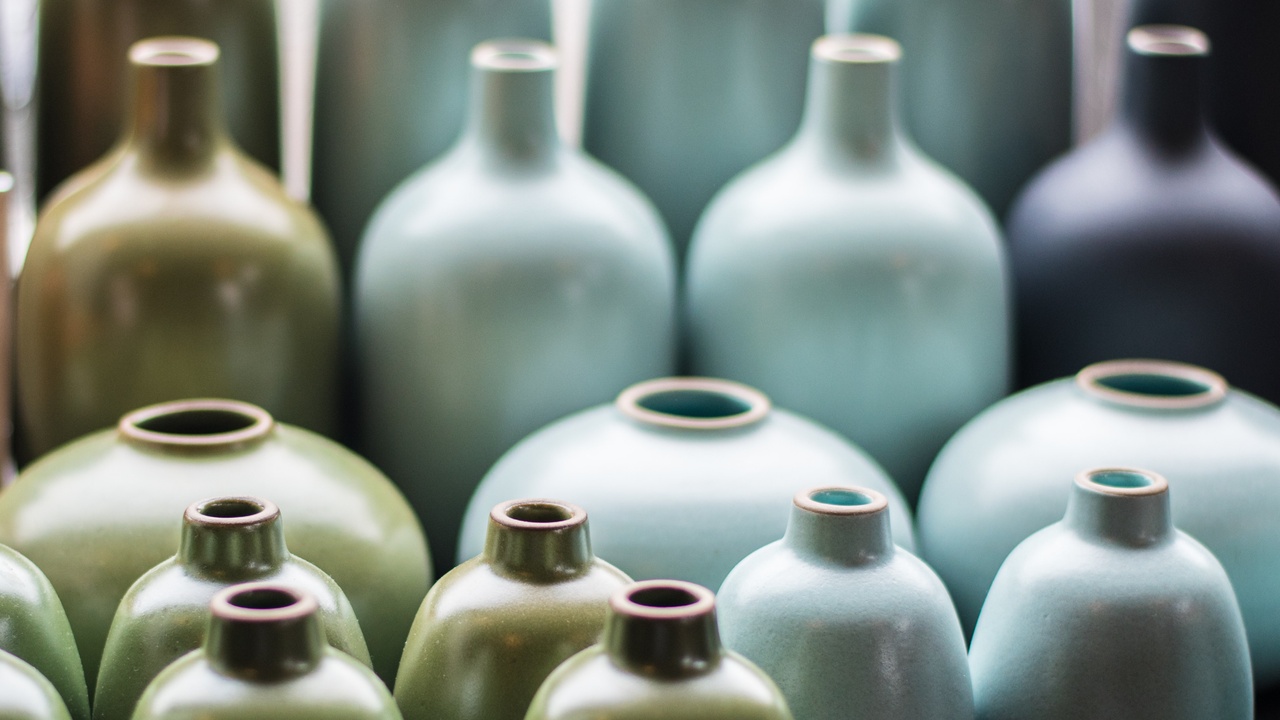How to Create Better Art (Without the Emotional Baggage)

by Erik Peterson
Have you ever felt like you are merely scratching the surface of what you are capable of with your art? I am sure you have.
- You have a longing to create more (both in time and quantity), create deeper with more heart and connection to God (quality), and create in a way that is aligned with your soul’s purpose and calling.
- You have a dream and vision that at times is vividly bright and clear; while others it dims and remains obscure and elusive.
Dreaming & Doing
Depending on your personality, you might be relating to your dreams and vision in one of two ways.
You might be the kind of artist who has no problem showing up, head down and putting in the work. The problem? From time to time you might feel disconnected from why you are creating in the first place. The image of the working artist with their head down reveals that there is little room to “lookup” for new purpose and inspiration to come flowing through.
Maybe you relate as another kind of artist - the one who spends most of their time with their “head in the clouds.” You are inspired by an ethereal pursuit of your vision - finding it, seeing it and often dreaming about it. This is a beautiful gift. However, you may find it difficult to materialize these dreams into concrete work produced through your hands, in the real world. The image of this artist with their head looking up, seeing into the far-off distance, reveals that there is a lack of groundedness and practicality in their approach to their work.
There needs to be a balance between these two poles - dreaming and doing, in order for our art and craft to truly fulfill it's potential.
And there is one powerful creative approach that I find bridges these two domains. By adopting this mindset, you’ll feel free to pursue your art with more purpose, while creating meaningful tangible progress.
Process over Results (or Quantity over Quality)
It seems counterintuitive, right? Don’t I need to make sure everything I create is excellent? Maybe even a masterpiece?
There are some debilitating downsides to approaching our art with this kind of perfectionistic mentality. With so much pressure to create something beyond amazing, we often never get started (sometimes for weeks, months, or even years!), we hold ourselves to an unrealistic standard (my next work will be equivalent to Van Gogh’s!), and we create an intense pressure to perform.
-------
In the classic book Art & Fear by David Bayles and Ted Orland, they share a powerful story of a teacher and his students that reveals a surprising truth about what contributes to proficiency in art.
The ceramics teacher announced on opening day that he was dividing the class into two groups. All those on the left side of the studio, he said, would be graded solely on the quantity of work they produced, all those on the right solely on its quality.
His procedure was simple: on the final day of class, he would bring in his bathroom scales and weigh the work of the “quantity” group: fifty pounds of pots rated an “A”, forty pounds a “B”, and so on. Those being graded on “quality”, however, needed to produce only one pot – albeit a perfect one – to get an “A”.
Well, came grading time and a curious fact emerged: the works of highest quality were all produced by the group being graded for quantity. It seems that while the “quantity” group was busily churning out piles of work – and learning from their mistakes – the “quality” group had sat theorizing about perfection, and in the end had little more to show for their efforts than grandiose theories and a pile of dead clay.
Creative Progress with Freedom
It’s one of my favorite stories because it maps out a liberating path to fulfilling our creative potential.
- The way to grow your art practice takes a two-fold approach that involves creating more (quantity/doing) while reflecting and learning along the way.
- Over time the quality of your work improves almost magically, and you discover more of your purpose as you go. (quality/purpose)
In other words, forget about trying to make that one masterpiece. Forget about daydreaming endlessly about the purpose for your art.
Instead, give yourself permission to increase the quantity of your work, free of the pressure for a particular result, and unfold your purpose over time as you playfully refine your craft.
-------
Imagine if you adopted this approach of letting go of results and began focussing more on process and quantity.
- What might be possible for you?
- Would this help you reach some of the goals you have for your art?




